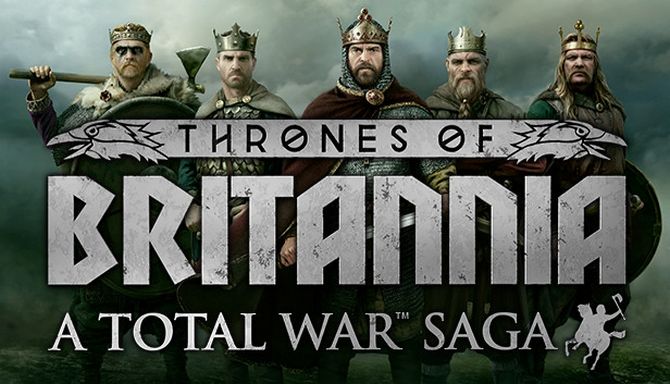Draca - Marcher Spearmen
This transport ship is light and easy to manoeuvre, but almost defenceless if attacked.From minor raiding parties to full-scale warbands, all uninvited guests shall be confronted.
For most of history the only way to move cargoes and people over long distances at any kind of reasonable speed was by water; this remained true until the invention of the railway. Trading vessels carried goods, following the coastlines for the most part, and up navigable rivers. The pattern of settlement and colonisation was almost entirely based on where ships could go. It was also considerably easier to move armies by sea than march them long distances. Trade ships were hired or requisitioned for such tasks, and this was an added incentive for generals to reach a quick conclusion to a campaign: war hurt trade, and used up ships needed for vital food supplies.
(Marcher Spearmen)
The border area between England and Wales has long been decisive in the course of British history. In early medieval England, a ‘marcher’ was a soldier appointed to guard the Welsh Marches, the name used to refer to the imprecise areas of demarcation between lands of Mercia and those of the Welsh kingdoms. Mercia often had a tumultuous relationship with its neighbours to the west, as attested by the construction of Offa’s Dyke during his reign in the latter half of the ninth century. Extending for just over 60 miles, the main purpose for the earthworks was to reinforce a frontier with the newly resurgent Welsh kingdom of Powys. The Dyke was likely to have seen frequent small-scale scuffles between the Mercian guards and unsavoury groups such as cattle rustlers and opportunistic raiding parties.
The marchers sent to guard Offa’s Dyke also had to be capable enough to repel attacks from bona fide warriors. Armed with spears, they were arguably wielding the oldest purpose-built weapon in existence. Given its comparative cheapness and ease of construction, the spear was one of the most commonly used weapons among all classes of fighting men before and throughout medieval times. Its notable advantage was the longer reach it afforded its bearer, enabling effective engagement with a larger or mounted enemy who might otherwise be out of reach. The Viking tendency to emblazon spears with ostentatious decorative carvings indicates that some were primarily used for thrusting rather than throwing, reducing the possibility of losing what were obviously prized weapons.
Unit Name Draca - Marcher Spearmen |
Main Unit Key shp_eng_marcher_spearmen |
Land Unit Key eng_marcher_spearmen |
Naval Unit Key vik_draca |
Soldiers 160 |
Category Heavy Ship |
Class Melee Ship |
Custom Battle Cost 350 |
Recruitment Cost 350 |
Upkeep Cost 150 |
Hull Strength |
└ Ship vik_draca |
Speed |
Melee Skill 26 |
Melee Damage 28 |
├ Melee Weapon vik_spear_levy |
├ Melee Base Damage 20 |
├ Armour-piercing Damage 8 |
├ Armour Piercing No |
├ Attack Against Cavalry 20 |
├ Attack Against Elephants 0 |
└ Attack Against Infantry 0 |
Charge Bonus 15 |
Melee Defence 52 |
├ Base Defence 22 |
├ Shield vik_medium |
└ Shield 30 |
Armour 15 |
├ Armour vik_leather_helmet |
├ Armour Defence 15 |
└ Shield Armour 0 |
Health 100 |
├ Man Entity vik_inf_med |
├ Man Health 100 |
└ Bonus Hit Points 0 |
Morale 32 |
Abilities
Marcher Spearmen- Shield Castle
"Heads down, lads, things are about to get a little hairy around here!"
Units cannot move in this formation.
Attributes
- [[col:yellow]]Expert Charge Defence[[/col]]
This unit’s melee attack and damage are increased against charging enemies. - [[col:yellow]]Guerrilla Deployment[[/col]]
This unit can deploy outside of the deployment zone. - [[col:yellow]]Hide (forest)[[/col]]
This unit can hide in forests until enemy units get too close.
Strengths & Weaknesses
No Strengths and Weaknesses


 Français
Français Italiano
Italiano Deutsch
Deutsch Español
Español Русский
Русский Čeština
Čeština Polski
Polski Türkçe
Türkçe Português (Brasil)
Português (Brasil) 한국어
한국어 简体中文
简体中文 正體中文
正體中文
